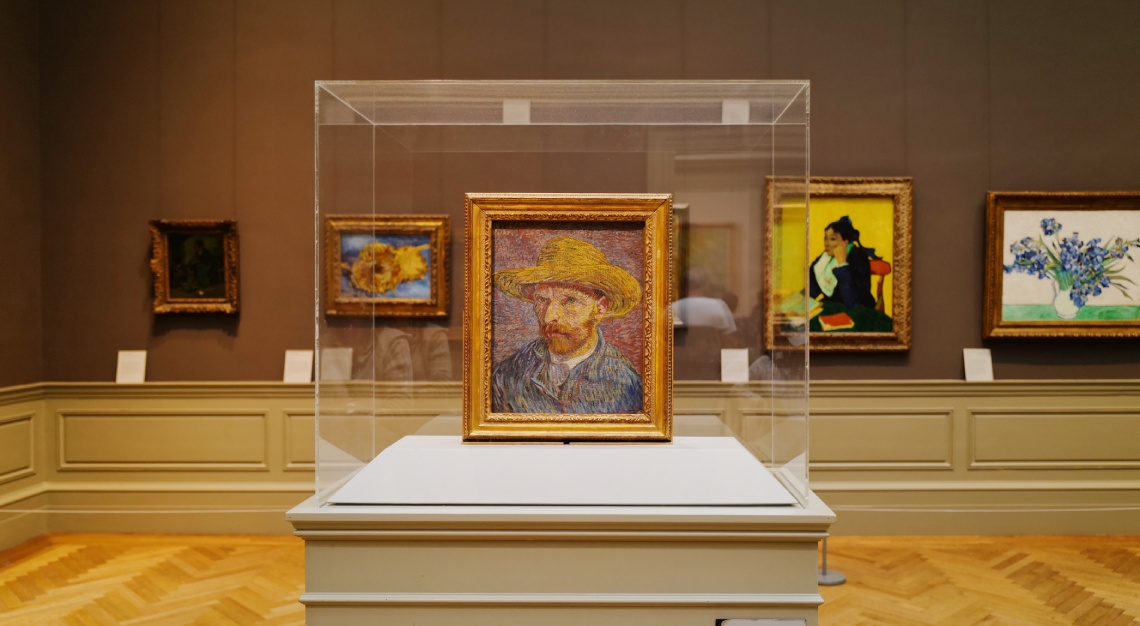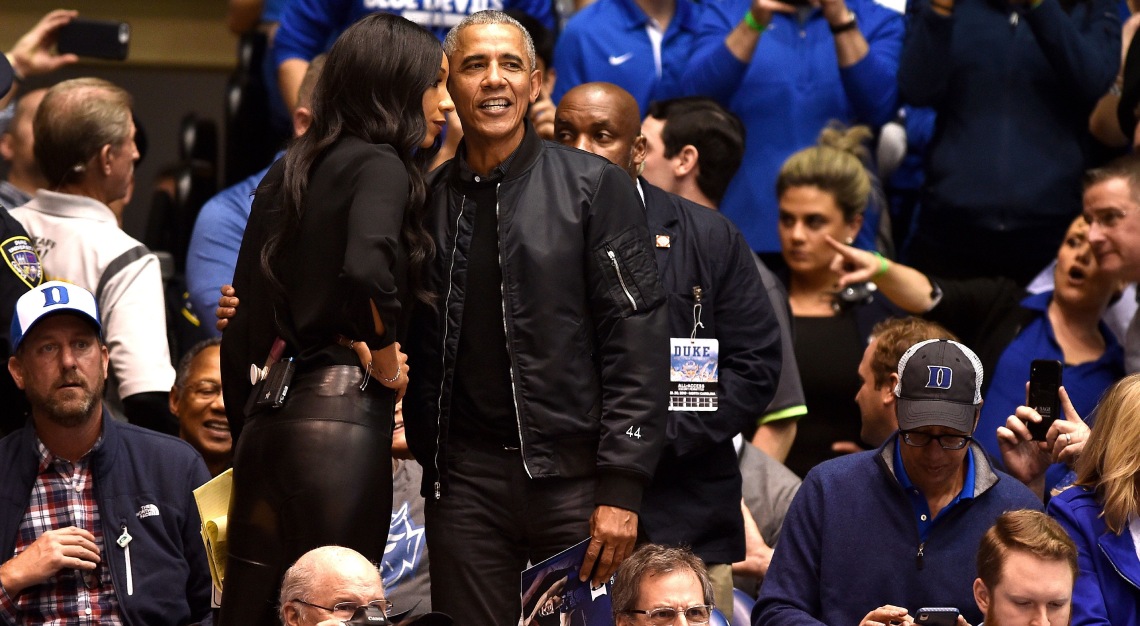What are the ABCs of investing in art? We dissected the topic at a recent panel discussion at the Concourse Skyline Penthouse by Robb Report Singapore, a home that easily doubles as an art gallery
Art wears many hats. It’s subjective, emotional, liberating and accessible. It’s also a great form of investment. But regardless of what, there’s one simple rule to keep in mind: Buy only what you enjoy looking at, whether it makes you think at a deeper level or simply because it sparks joy.
In July, we held an art investment talk at the Concourse Skyline Penthouse by Robb Report. Topics included how to start a collection, learning what to look out for, and whether a gallerists’ collection is determined by the investment value of artwork.
Panelists at the discussion included Mae Anderson, chairman of Art Outreach Singapore, Audrey Yeo, founder of Yeo Workshop Art Gallery and Valter Spano, director of Partners & Mucciaccia. We highlight some of the most resounding questions.

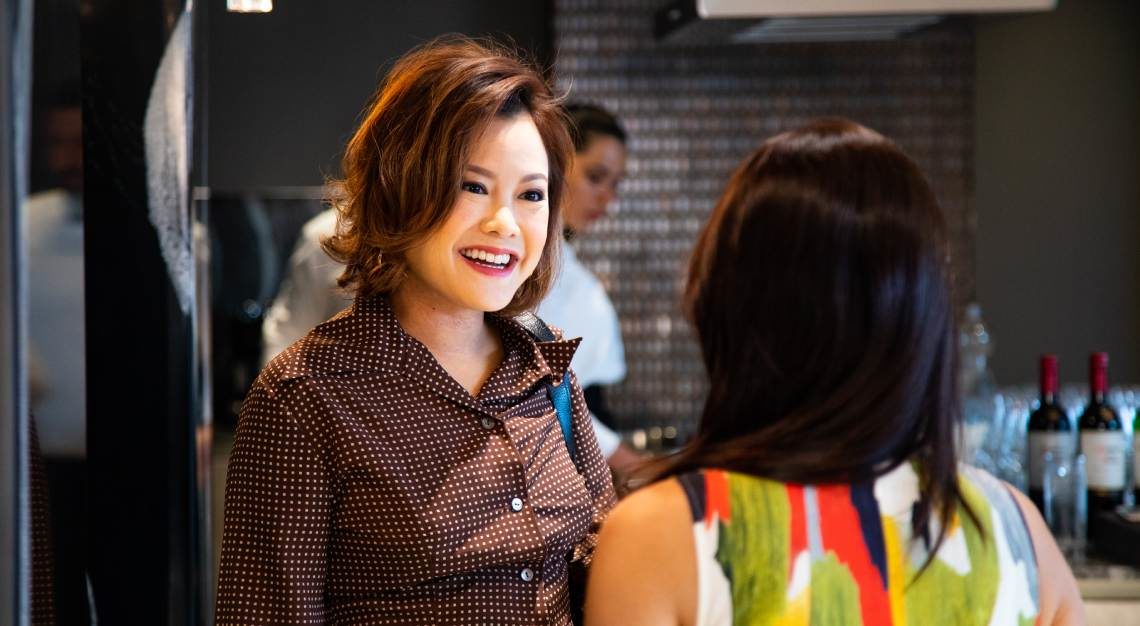
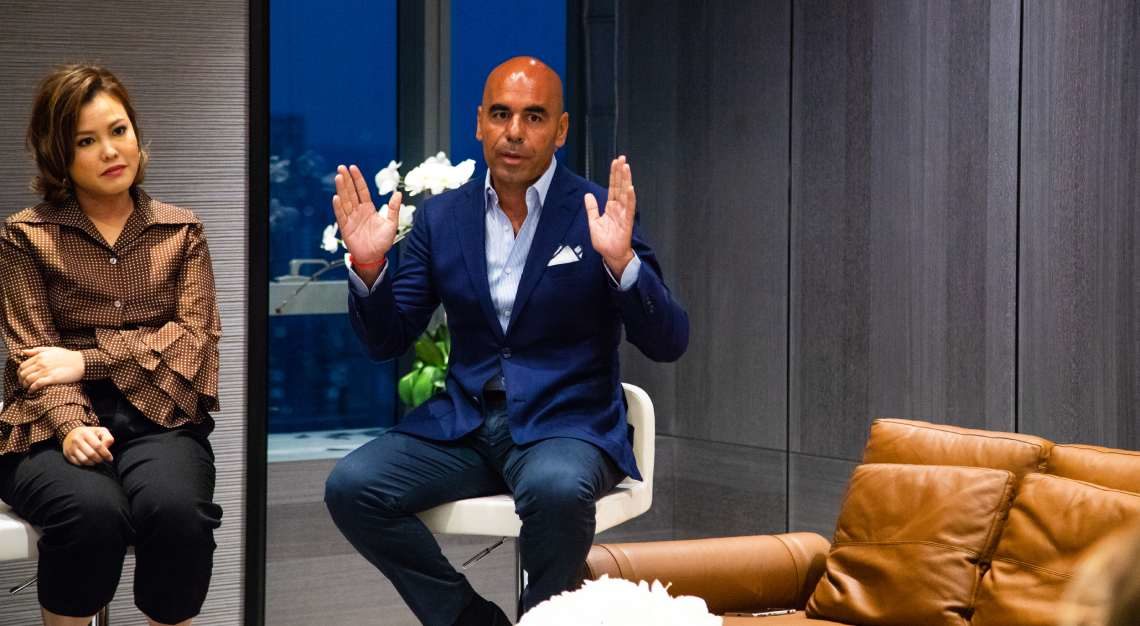
Are there any buying patterns you see in Singapore art collectors?
Mae Anderson (MA): I promote art to non-art audiences. From a local and regional focus, people here tend to buy emotionally, eclectically and impulsively. Those who make purchases where the value of each artwork is in the five-figure range tend to go for names that are already well known. The market here is very aspirational, as we’re dealing with first and second generation wealth and the art represents what you’d like to be seen as or thought of. Collectors here don’t really buy from rising or mid-career artists.
Audrey Yeo (AY): Funnily enough, Yeo Workshop focuses on emerging artists. Ironically, being a ‘young’ gallery, we have clients who are seasoned collectors. We sell to foundations, museums and families. Those who come to us usually already have blue chip art (art that’s expected to increase in value, regardless of economic conditions) so they’re looking for something different. Our clientele understands art, so there’s no need to follow notable artists in this instance. We regularly counsel our clients on the new artists we have.
There are tech-type collectors too who don’t want paintings. 30 per cent of my revenue comes from new media art, including audio and video art.
For those who’re intending to have an art collection purely for investment purposes, what should they invest in?
MA: Oil paintings are still the way to go, it’s one of the safest to invest in and their returns are there. If you can, look at modern artists who produce oil paintings, their works hold in value. Bigger formats will sell better, artworks above one metre in size sell well.
What’s the right amount to pay an artist who has just entered the industry then?
AY: Oil paintings by fresh graduates should cost about $2,000. It’s easy to check prices at the emerging level. Prices in the market are fairly objective. For example, everyone knows what a graduating doctor, lawyer or banker gets in the first five years, and what they’ll get when they’re at the CEO or CFO level. It’s the middle you’re unsure about, especially if they didn’t begin their profession in the same industry. It’s the same with artists.
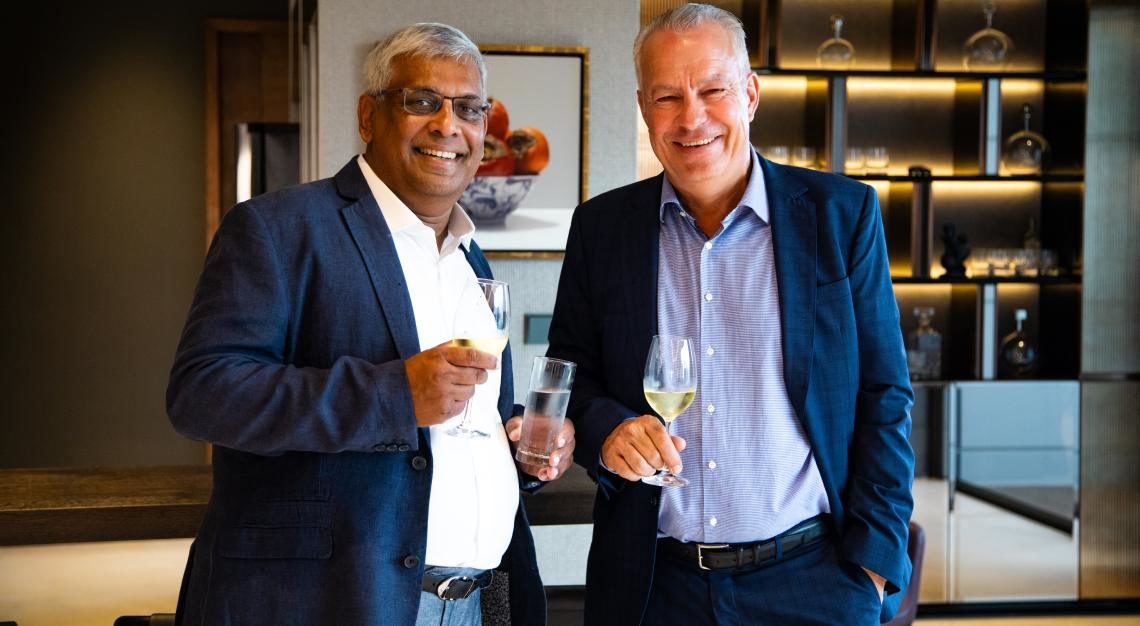
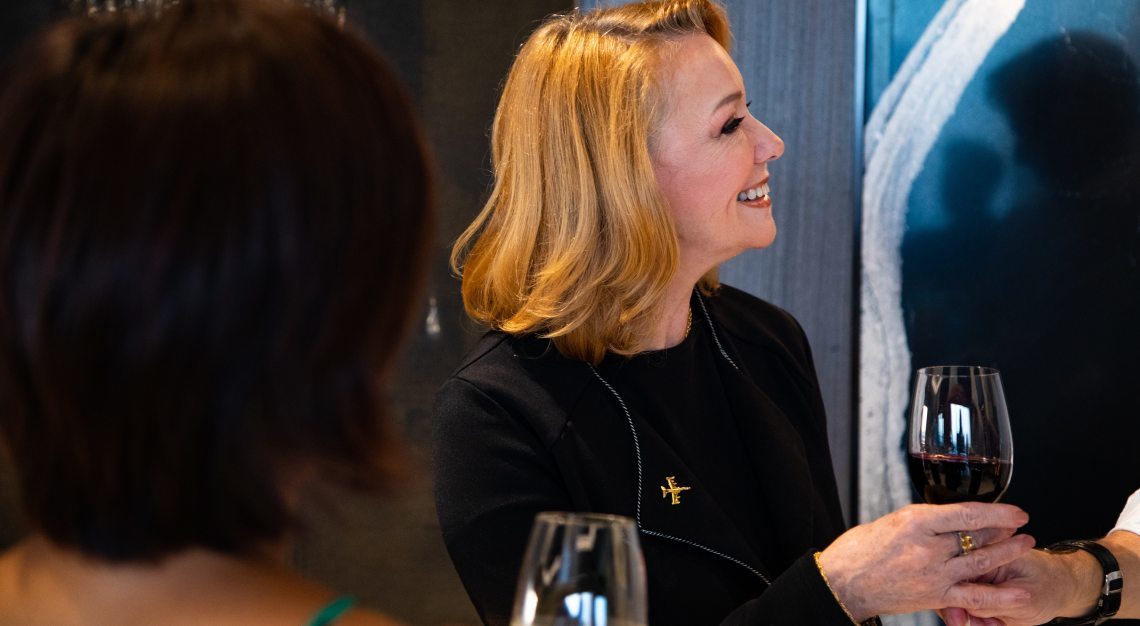

How does one check on prices for artists in their mid-careers?
AY: That’s where gallerists come in, and you can ask them why it’s priced as such. Factors like art medium, CV of the artist, number of museum shows an artist has and the gallery that represents the artist should be taken into consideration.
How do you go justify the prices to a collector who is just starting out?
Valter Spano (VS): Many can buy shoes, cars or bags for a few hundred thousand dollars and think that it’s worth the price, even though most products will depreciate in value. But when it comes to paintings, they feel like they’re making the buy of their life. They think, ‘how much money are we going to make tomorrow?’. As such, I advise clients to always buy with the intention to keep. You need to look at the painting and enjoy it.
Apart from forms of art, how do galleries differentiate themselves from each other?
AY: We have a particular set of artists we concentrate on at Yeo Workshop Art gallery. We develop emerging artists and mid-career artists. We have nothing that costs over $100,000. Our collectors’ price points are also at that level. Whenever an artist comes to us and his prices are about $200,000, I’m very realistic to say that I don’t know enough about artists in that price range, and I’ll direct him to other galleries.
How do art galleries go about choosing which artist to represent?
AY: I usually take them from top art schools, and I don’t look at the work that they produce. I look the artists, I examine their studios and interview them like you would a doctor or lawyer to see if you trust him or her. I need to ensure that my artists will remain artists, and not suddenly quit after a few years.
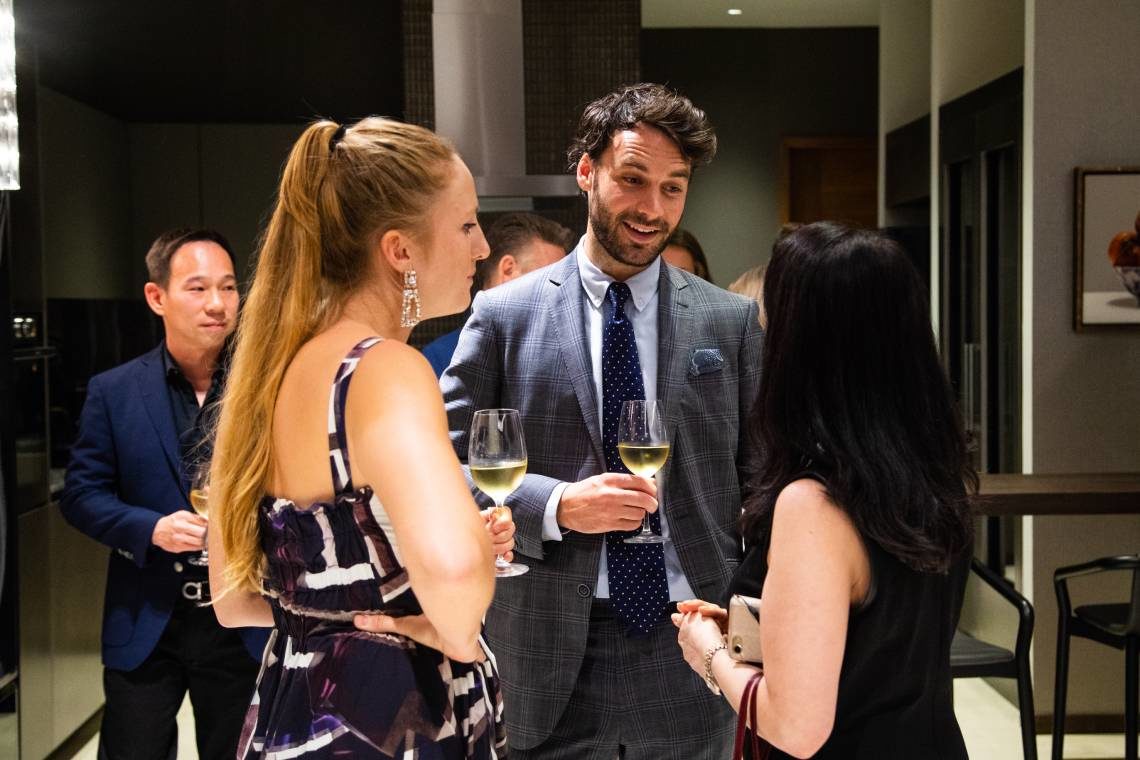
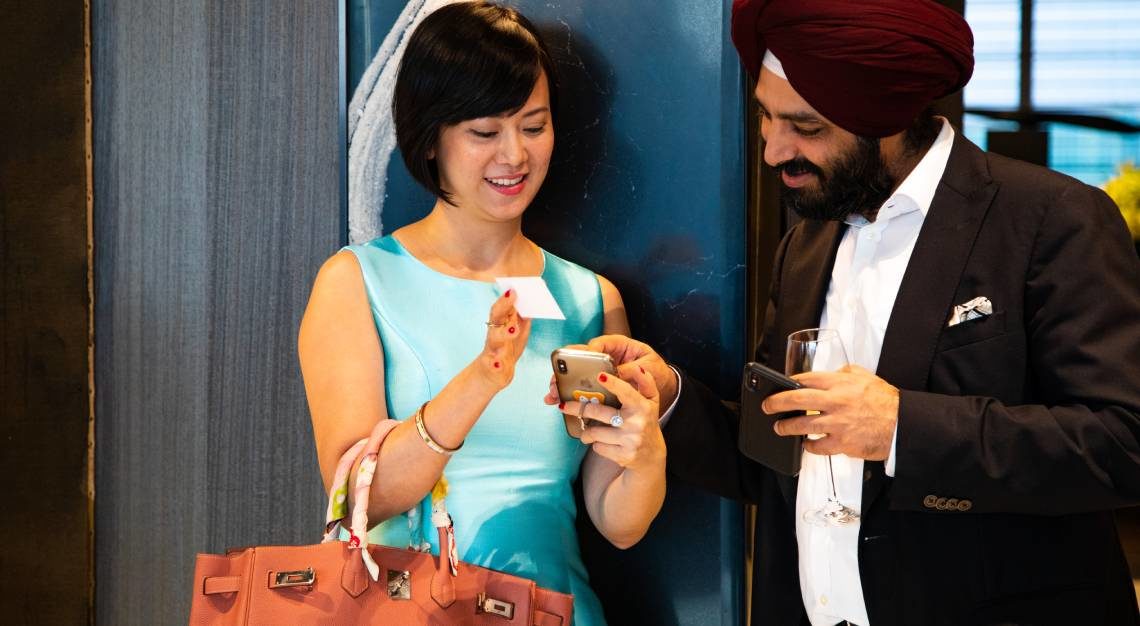
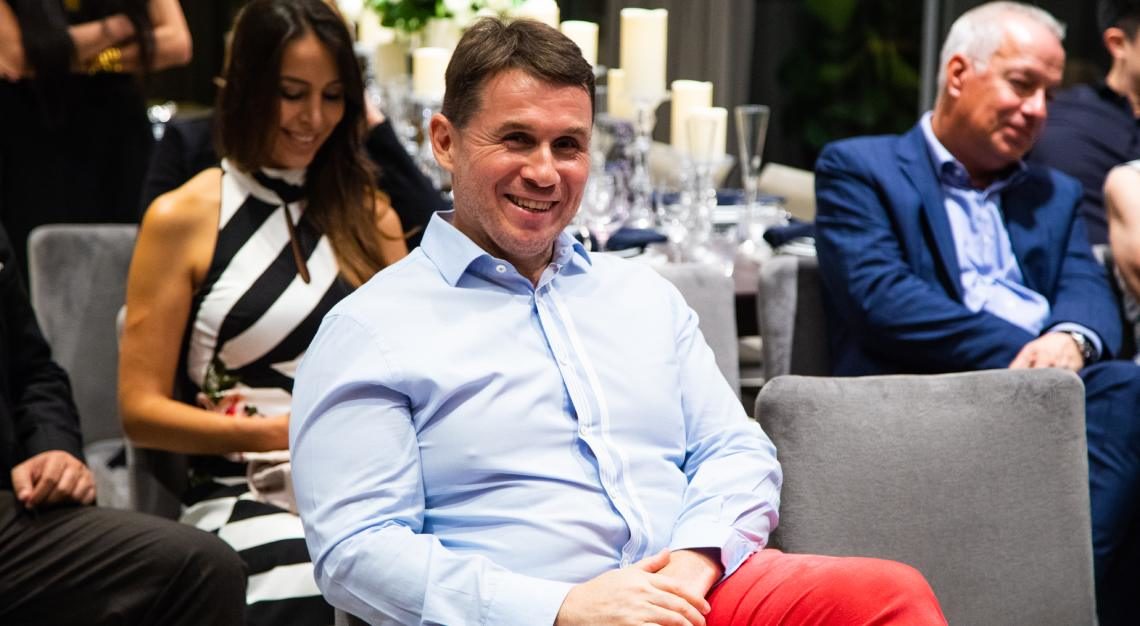
Why is there a need for a gallerist, when information is already available online?
MA: A good collection is worth much more than individual pieces. And that’s exactly what you want your gallerist for. You want them to understand your point of view, to be your eyes, ears and educator. There’s nothing better than going to fairs and asking gallerists what they think.
Galleries are one of the first points of contacts and reference when collectors purchase art. How do you work with clients who want to know if a particular piece of art will complement a room?
AY: We’re art historians and not interior decorators, so this can be rather interesting. We work with interior designers and these experts are better qualified when it comes to expressing opinions. Sometimes, I work with art consultants who represent the collectors, instead of collectors themselves. The consultant will know the taste of the family and be able to negotiate with us.
Will artificial intelligence take over art buying?
MA: While algorithms and technology can move volumes, for serious collectors, you’ll still want expertise, knowledge and nuances that machines can’t replicate. What’s good is that you have access to information. A lot of younger artists also sell directly. But it’s hard to understand how people price the pieces.
AY: We’ve had a guy coming around the galleries trying to sell virtual reality technology. To be honest, VR is very realistic. And given that more people see our stuff online than they do in person at the gallery, I need to make sure we have nice photography.
But a large auction house got in trouble for that because the images in their catalogue were nicer than the original artwork. I go personally to the printers, to check the colour proofs and make sure that the colour printed in our catalogue is true to the artwork. I’ll also tell the potential buyer that certain pigments can’t be printed and reflected in the image, so it’s best to see the original painting in person. If an artwork is under $10,000, you can buy online. Anything above that, you view it in person.

What advice do you have for those who are looking to invest in art?
VS: Regardless of investment or collecting out of passion, it’s important to remember three things. First, buy what you like. A thousand people can view a single painting and you’ll get a thousand different reactions. Second, know your budget. Start at a level that you’re comfortable with and stick to it. Third, don’t be impulsive. Do your homework and find out more about the artist, the artwork, and even galleries representing him.
MA: Whether you’re just starting out as a collector or are seasoned, art fairs are the way to go. In Asia, Art Basel Hong Kong is the place to visit, and there are many fringe activities. Dubai’s fairs display pretty good collections too and focus on design. Art Week in Singapore’s a good place to start too as you’ll
Subscribe to Artprice and Artnet, you’ll have access to records. But for everything else, the relationship with your gallerist is paramount to how your collection would look like.
What about your personal collection at home? Are the pieces bought as an investment?
VS: No, I enjoy every piece of art I have at home. It’s so important to love what you buy.
AY: I don’t represent any of the artists that I’ve bought paintings from. I collect what I like. It’s different when it comes to business, because I’m accountable to the collectors.
MA: I buy emotionally. I buy art that speaks to me, to represent when I got married, when I had children, or those that tell the story of places I love. You need to go through that before you can be more comfortable and discerning with artwork that you’ll never part with, and what you want to sell.

